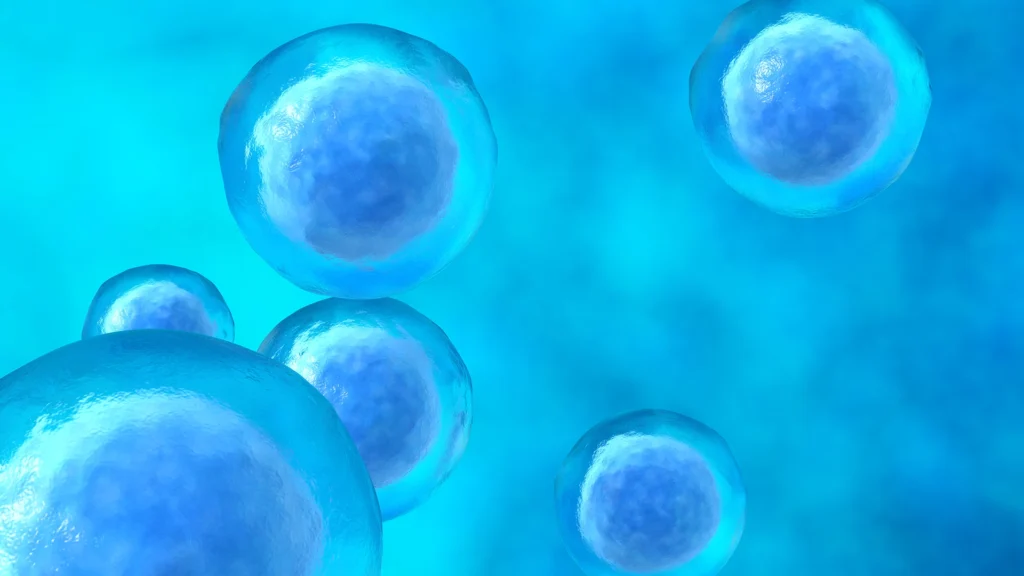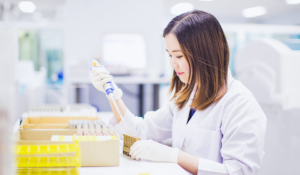
On Jan 7, 2025 (Sweden), Sana Biotechnology released significant clinical data: the first person with type 1 diabetes (T1D) who received deceased donor islets engineered to evade the immune system is producing insulin without immunosuppression.
UPDATE: June 23, 2025
Sana Biotechnology presented updated data on June 23, 2025 at the six-month follow up timepoint. The single patient dosed with hypoimmune donor islets continues to produce insulin in response to a mixed meal tolerance test (MMTT) without the use of immunosuppressants.
The details
This is a big step for cell-based therapies for potentially curing T1D. Sana’s first-in-human study consists of allogeneic islets, meaning they are derived from an external source, which in this case is the pancreases of deceased donors. These islets were engineered to avoid recognition by the immune system (hypoimmune) and were implanted intramuscularly into a person with T1D. After four weeks, circulating C-peptide increased, meaning that the beta cells are alive, healthy, and producing insulin—all without the need for immunosuppression and no safety issue. This is the first evidence of engineered islets successfully avoiding immune destruction.
What this means for the T1D community
While this is an incredibly promising step forward for the T1D community, to have allogenic cells survive without the use of immunosuppressants, this trial relied on deceased donor cells, of which there will never be enough to provide to everyone living with T1D. The trial was done in a single participant and is reporting only 4-weeks of data – this is a proof-of-concept study that is promising but very preliminary.
What’s next: lots to look forward to
Breakthrough T1D believes that the best chance for T1D cures lies in stem cell-based therapies since deceased donor islets are in short supply, while stem cell-derived islets can be produced at scale. Engineering cells to evade immune attack is a new path forward to protect the insulin-producing beta cells and avoid the use of immunosuppressants. Most importantly, this technology is being studied to apply to stem cell-based therapies, which is a scalable solution for many more people with T1D. This hypoimmune technology moves us closer to the possibility of having enough immune-evading cells for everyone with T1D.
Another trial is in progress testing a similar approach (CRISPR) in Canada – https://clinicaltrials.breakthrought1d.ca/clinical-trial/NCT05565248
While this approach will take significant time, effort, and money, every day we take another step toward a possible life-changing T1D cure.
Breakthrough T1D’s Role
The primary objective of Breakthrough T1D’s beta cell replacement efforts is to place insulin-producing cells into people with T1D without the use of immunosuppressants. Breakthrough T1D strongly supports the development of stem cell-based therapies that do not require broad immunosuppression and Breakthrough T1D International based out of the US recently launched an initiative to accelerate this faster than ever (Project ACT – Accelerate Cell Therapies). To contribute to the advancement of these game-changing therapies, the T1D Fund: A Breakthrough T1D Venture invested in Sana recognizing that their hypoimmune engineering technology held significant promise for T1D cell therapies. We look forward to seeing how the trial progresses.



